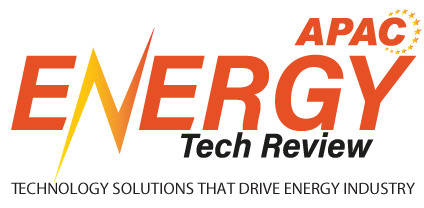I started ESG on behalf of Ecotricity back in late 2017, when discussing the company’s battery plans with Dale Vince and highlighting the need for a platform that could provide a route to market. We could have outsourced that, but instead decided to build our own competency for our battery, as well as for others who were developing them.
Had I known how complex this task would turn out to be then, I might have had second thoughts – for it is probably one of the most complicated areas of the energy market to build a platform with all the necessary forecasting and optimisation models to make minute by minute control & dispatch decisions for a battery – and all done remotely.
My main responsibility is developing strategy according to the changing energy & flexibility markets and building the team we need to deliver this. Now we are looking to find battery owners who want to work with us because they believe in the way we do things.
Dispatching flexibility to balance renewables
Whilst one of the strengths of VPPs is that they can aggregate smaller loads to deliver grid services principally I would say their strength is being able to dispatch flexibility in real time according to market and grid needs, which of course renewables can’t do. Therefore, a VPP can smooth out the renewables generation surpluses and deficits efficiently using the responsive assets they have under control.
“Virtual Power Plants, or VPPs are a key tool in helping manage grid constraints and, with batteries on board, help avoid curtailment of renewable generation”
VPPs are a vital tool in helping manage grid constraints and, with batteries on board, help avoid curtailment of renewable generation. Distribution network operatorss and the national grid (NESO) will continue to upgrade the infrastructure, but as that happens, flexibility offerings as typified by VPPs, will play a vital role in reducing balancing costs and providing response services.
A proactive Vision for reactive VPPs
Flex providers/VPPs are reactive rather than proactive , in that they don’t define system needs; the grids do. As these needs are defined, services are identified and then procured for—recent examples being Quick & Slow Reserve by NESO. A VPP has different assets on it, typically, maybe a combination of batteries, DSR assets, maybe some hydro and it deploys these different assets according to service design suitability and the most attractive revenue opportunities on a minute by minute basis. VPPs are thus making grid operations cheaper than they would otherwise have been, helping keep the grid operating and often reducing the nonenergy costs that need to be charged to consumers. Note that the grids only upgrade infrastructure if they can’t adequately procure these sort of services to manage grid needs i.e., it’s all about long term opportunity cost from their point of view.
Anticipate Change to Avoid Stranded Assets
It’s absolutely critical to have good far-sightedness as to how you think the energy landscape in general and flexibility provisioning will change over the next 10 years—we have seen the deployment of a suite of 3 frequency response products in the last 3 years, as well as 3 new reserve services. We are seeing the distinction between non-Balancing Mechanism Units (BMU) and BMU assets disappear as NESO deploys its Open Balancing Platform.
Good energy leaders need to stay abreast of policy developments such as these, as well as code changes and modifications, so as to develop the right asset mix—whether real or virtual, to suit this changing landscape. So key is being able to look ahead and anticipate changes so that one’s energy business can pivot and adapt in time and so the business is not left with stranded assets.











